Clivia root cultivation method
How to grow roots
If you want to raise Clivia well, you must first raise its roots. If you want to raise its roots well, you need to work hard in three aspects: soil allocation, watering and fertilization
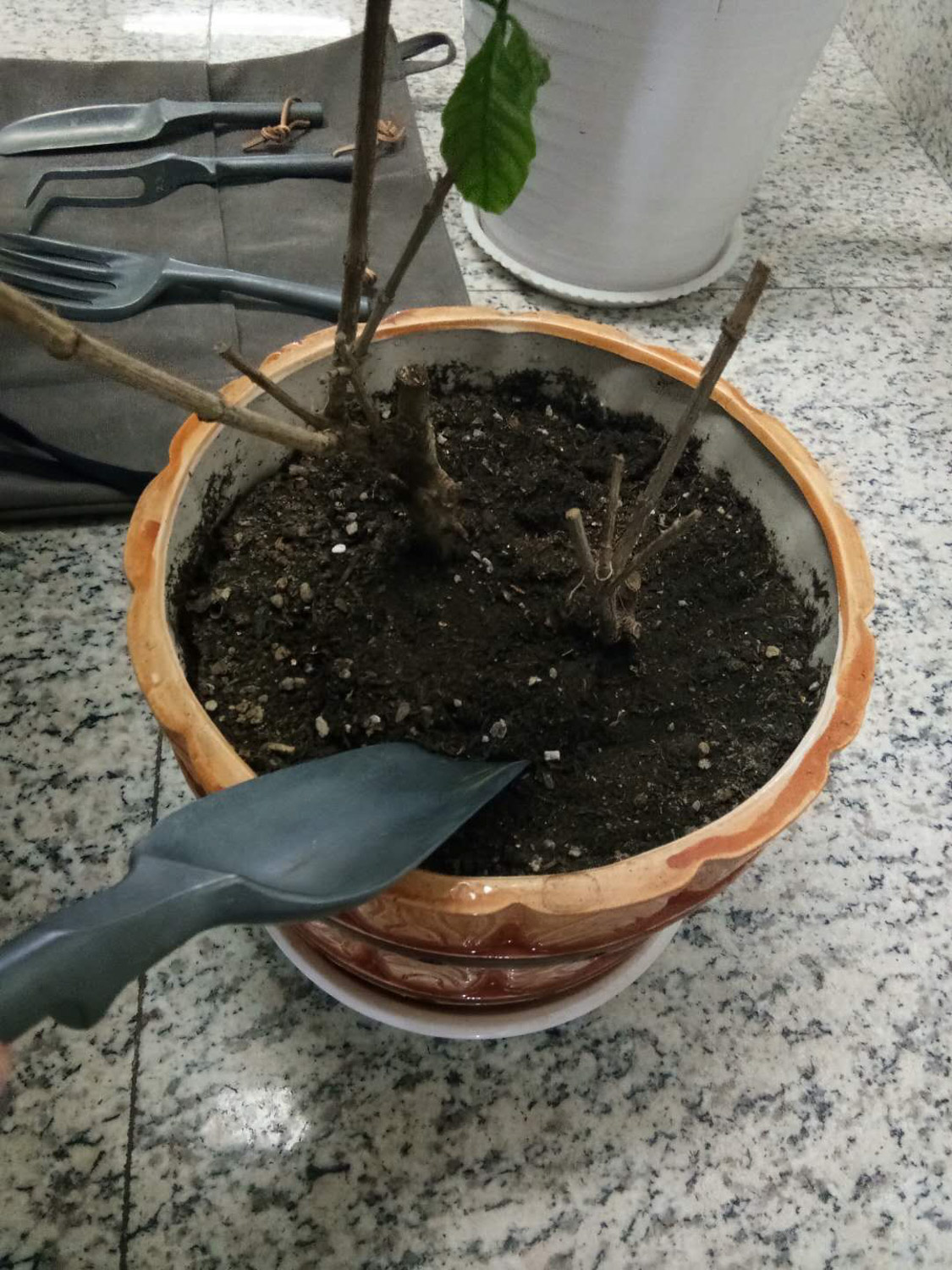
1. Soil preparation
Clivia is a fleshy root. The soil must be loose and breathable, and has a certain water retention. Never raise Clivia with pure garden soil. It is easy to rot and not grow. Flower friends who can't mix soil can refer to the following methods:
① 20% pine needles + 10% coarse sand + 50% rotten leaves + 10% charcoal + 10% others
② 20% river sand + 20% humus soil + 40% pine bark
③ 5% charcoal particles + 20% pine needles + 60% rotten leaves + 15% sand
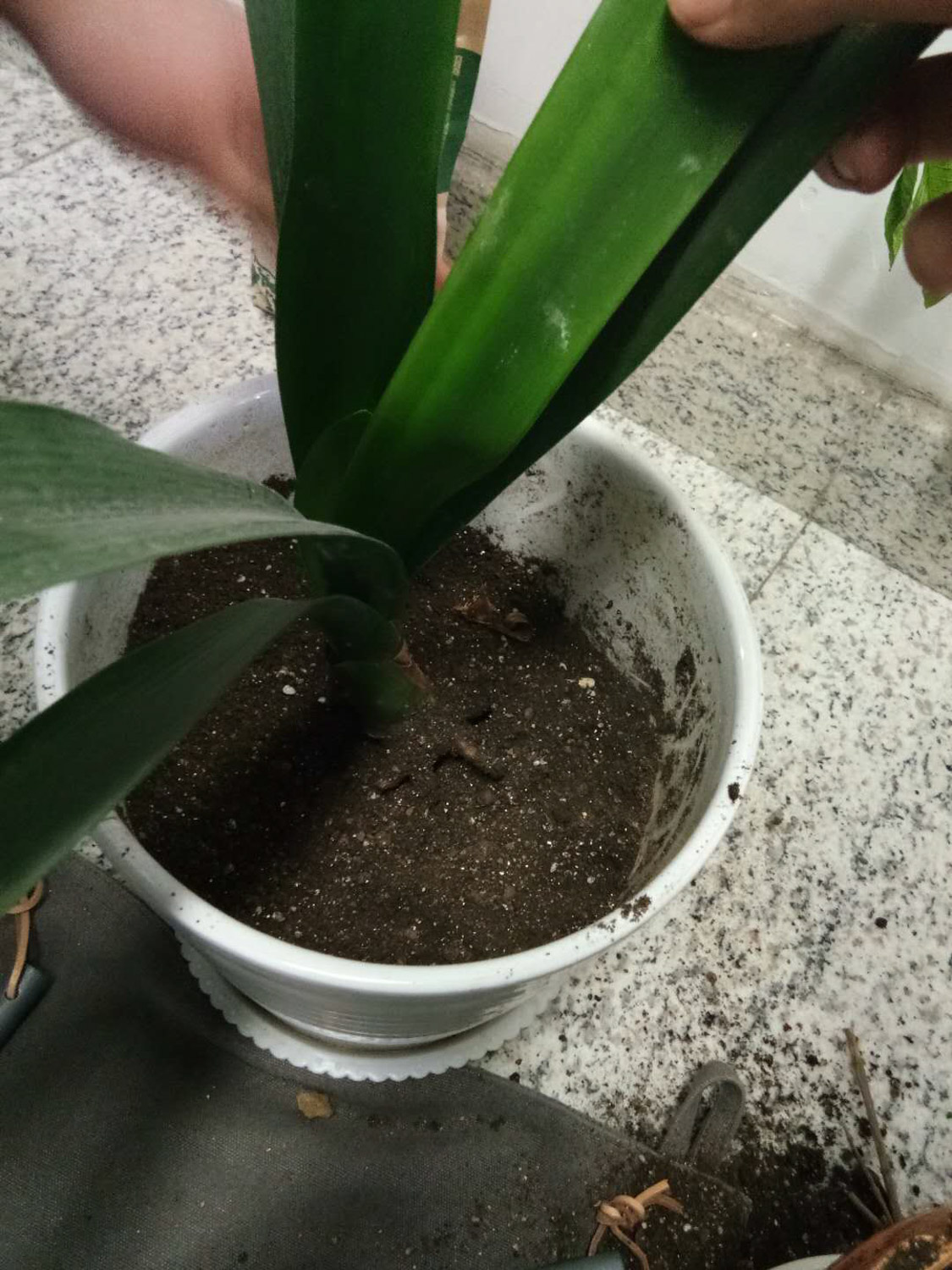
2. Watering < / H4
Clivia watering is generally the principle of no drying and no watering, and there must be no ponding
When watering, poke your fingers or chopsticks into 1 / 3 of the soil. If you feel wet, you can't water it. If you feel dry, you can water it and water it thoroughly
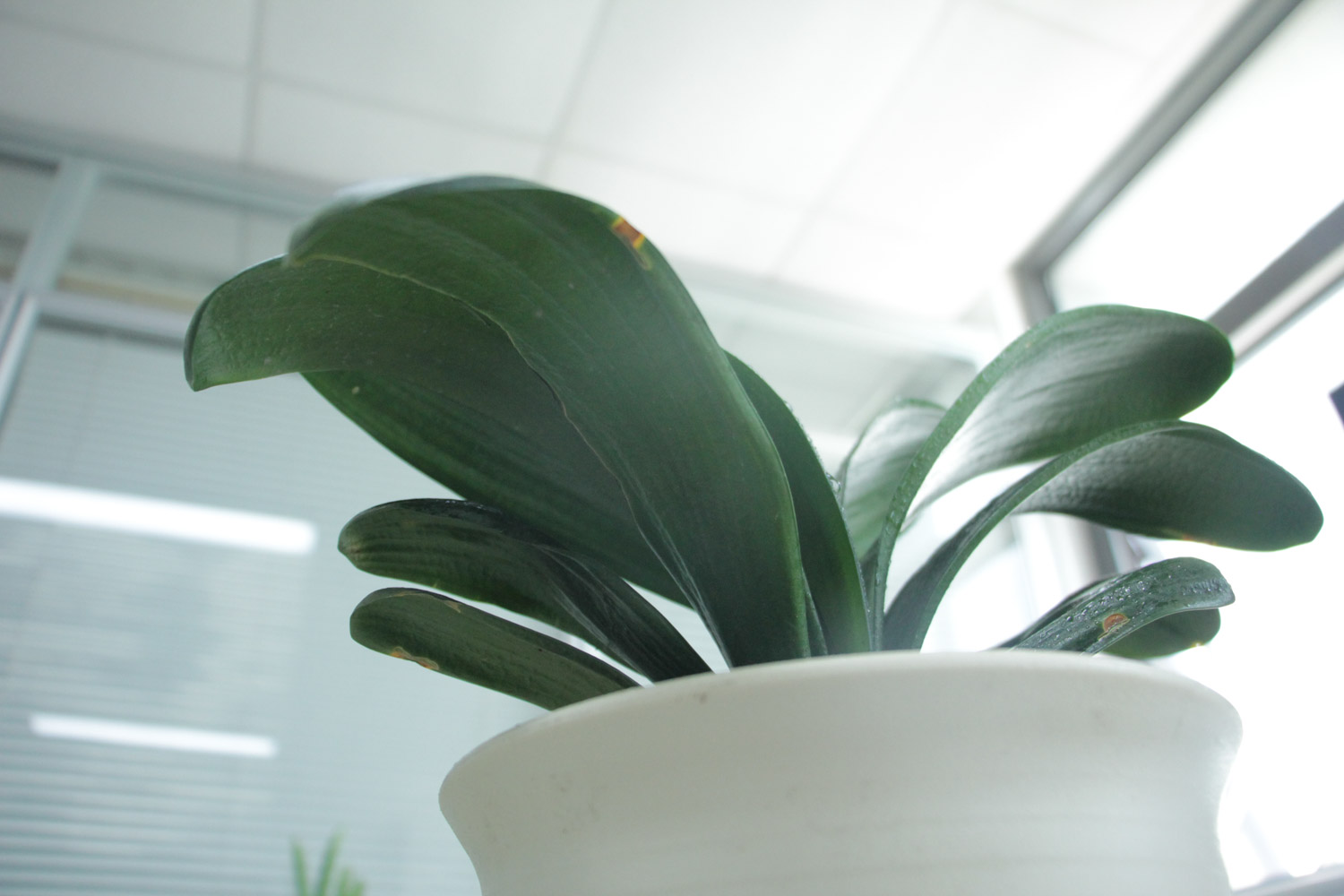
3. Fertilization
Clivia likes fertilizer, especially in the peak growth season in spring and autumn. When changing the basin, you can sprinkle the fried melon seeds, Castor seeds or bone meal on the basin bottom as the base fertilizer, which accounts for about 1 / 10 of the whole basin soil
In addition to the base fertilizer, Clivia can also be applied with thin rotten bean cake water every 10 days in spring and autumn, and fishy water or phosphorus and potassium fertilizer before flowering in late autumn
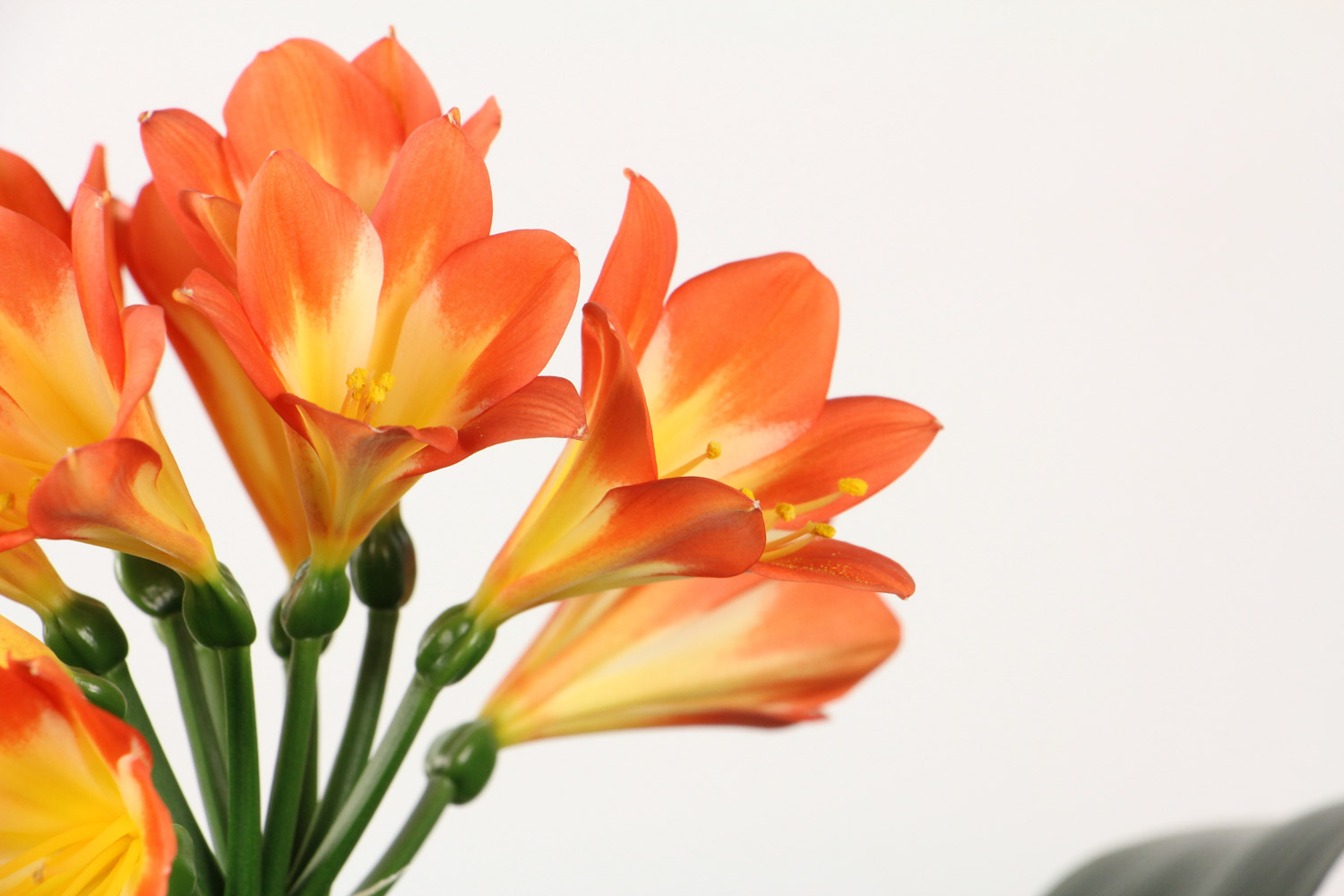
How to lure roots
Clivia is easily rotten. Can't it be saved after rotten roots? Not necessarily. Sometimes even if the root is rotten, Huahua can teach you to save it
1. Cut off the rotten roots of Clivia and leave nothing left. Soak carbendazim for 15-30 minutes to disinfect and put it in a cool and ventilated place to air for 1 hour
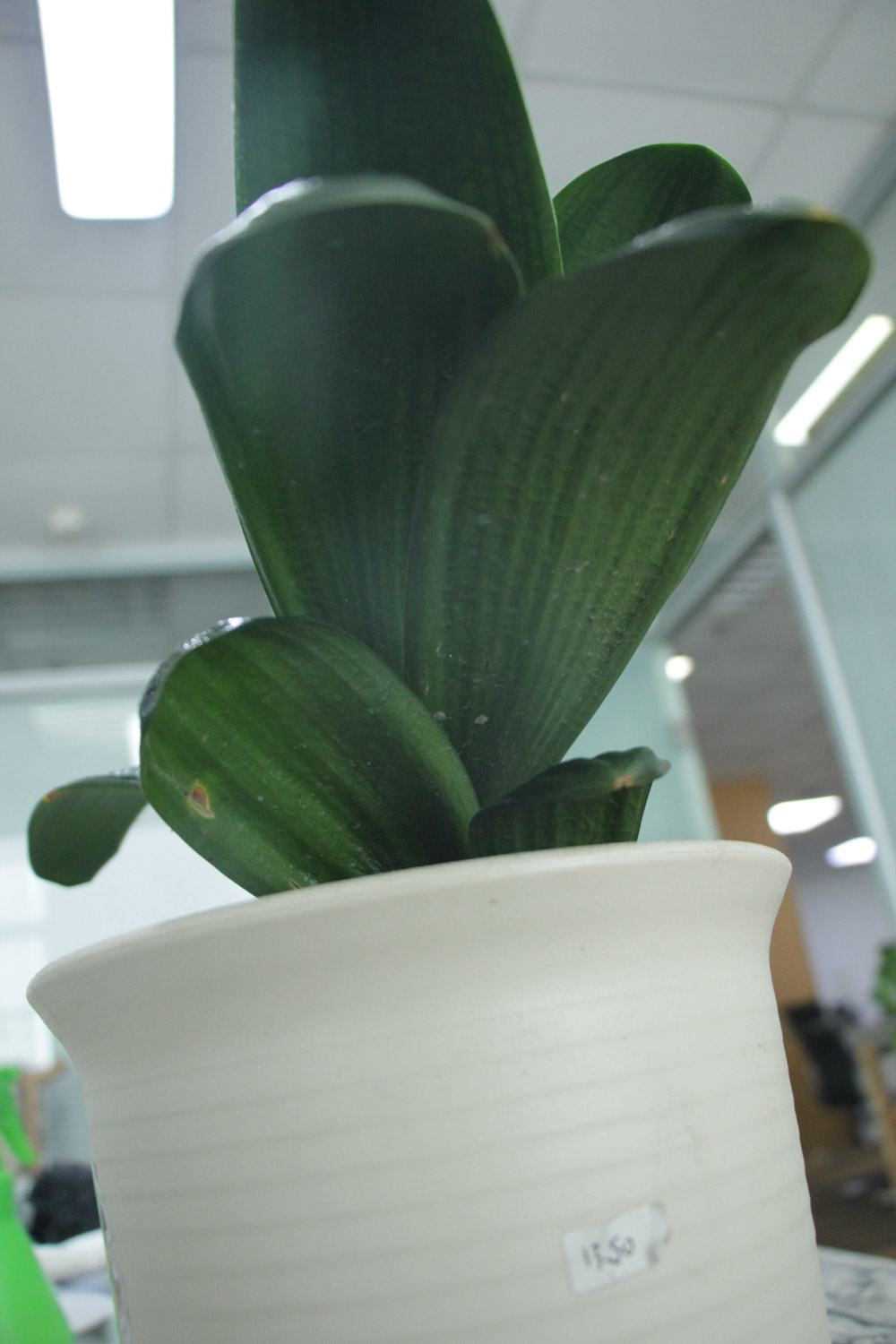
2. Prepare a glass or plastic bottle, put sand in it and spray the sand with water
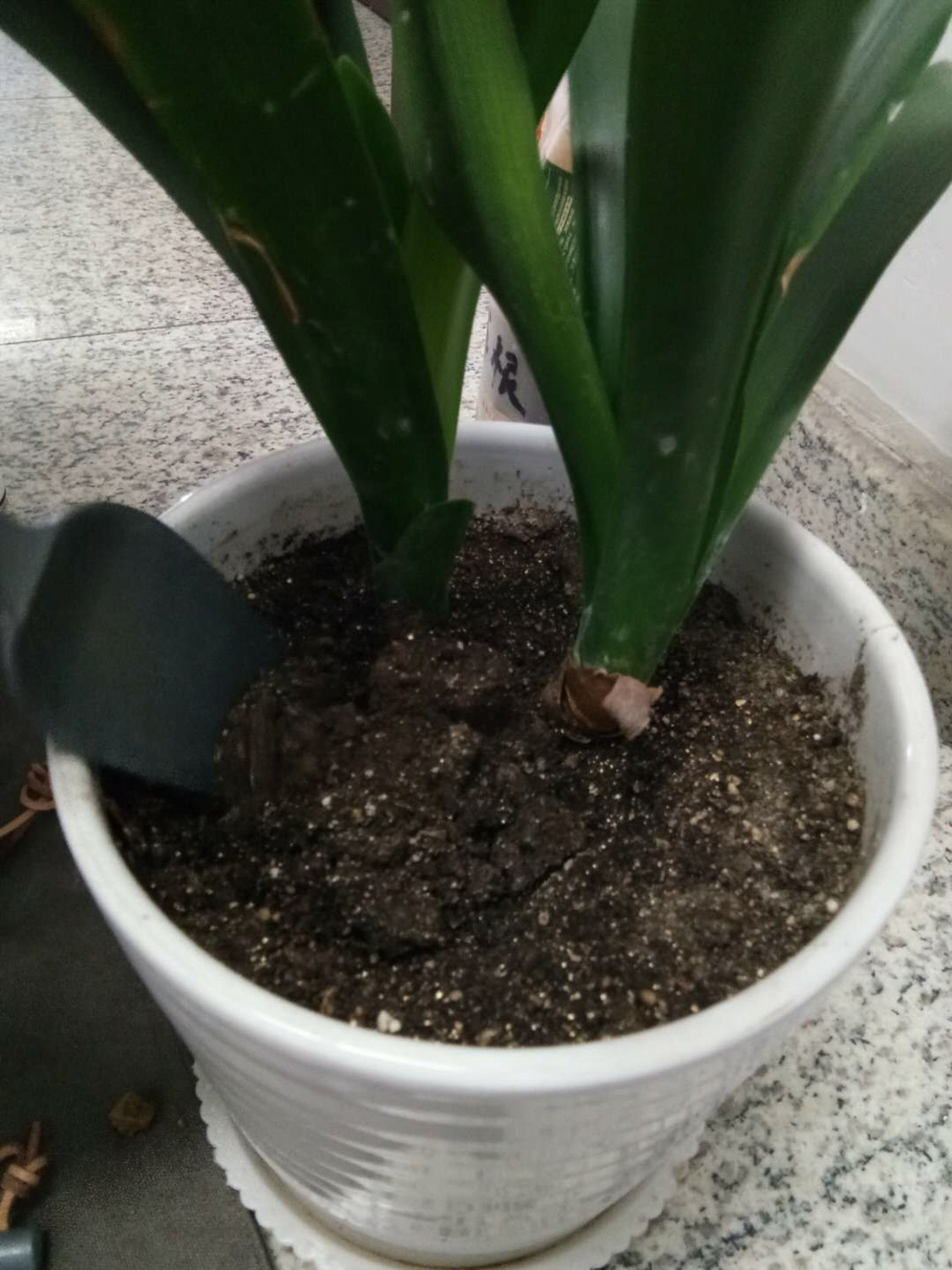
3. Bury the base of the rootless Clivia in the sand so that the Clivia can stand. Don't bury it too deep
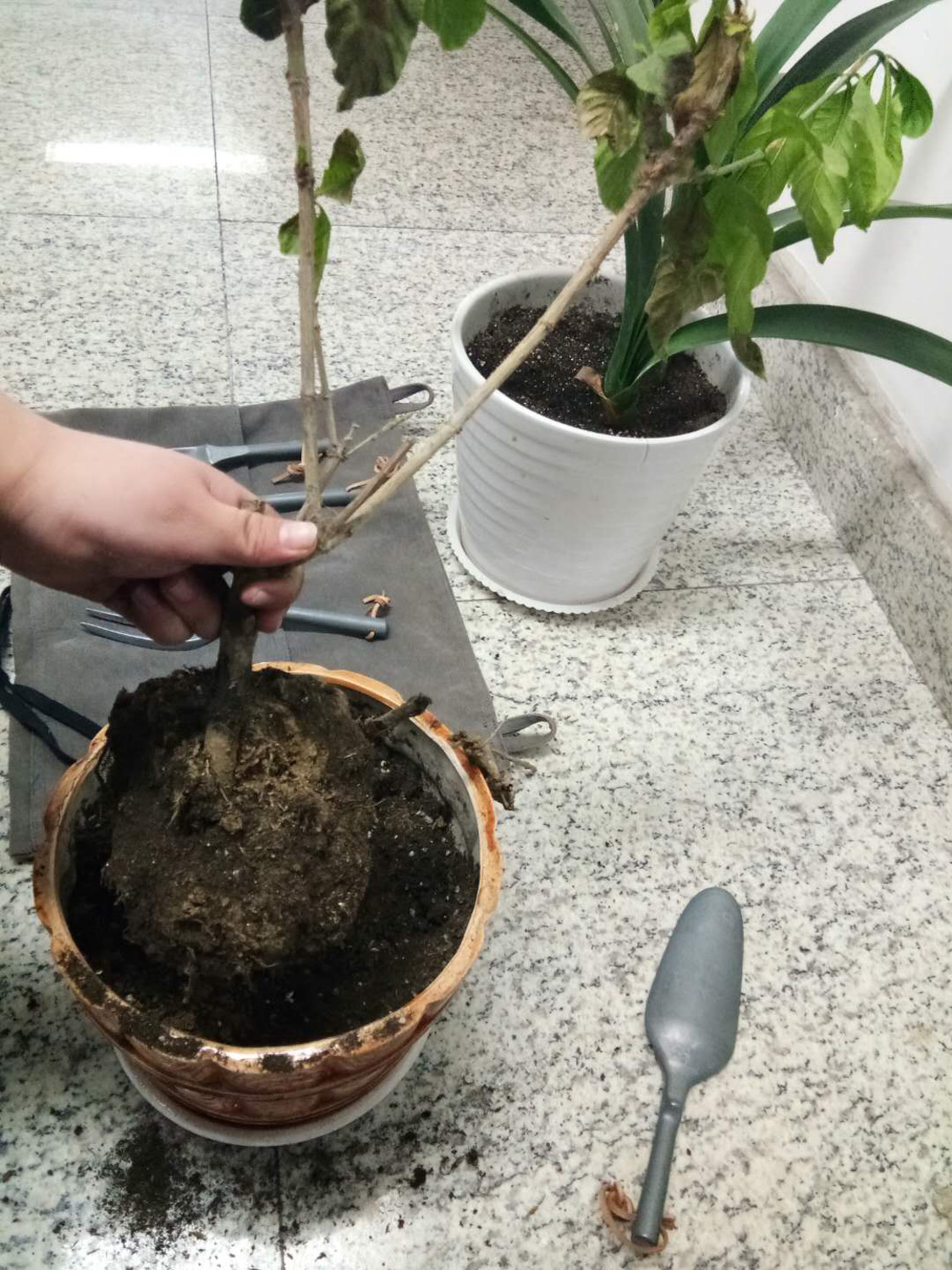
4. Spray water on the sand to moisturize every day. In about 10-15 days, Clivia can produce white and fat roots
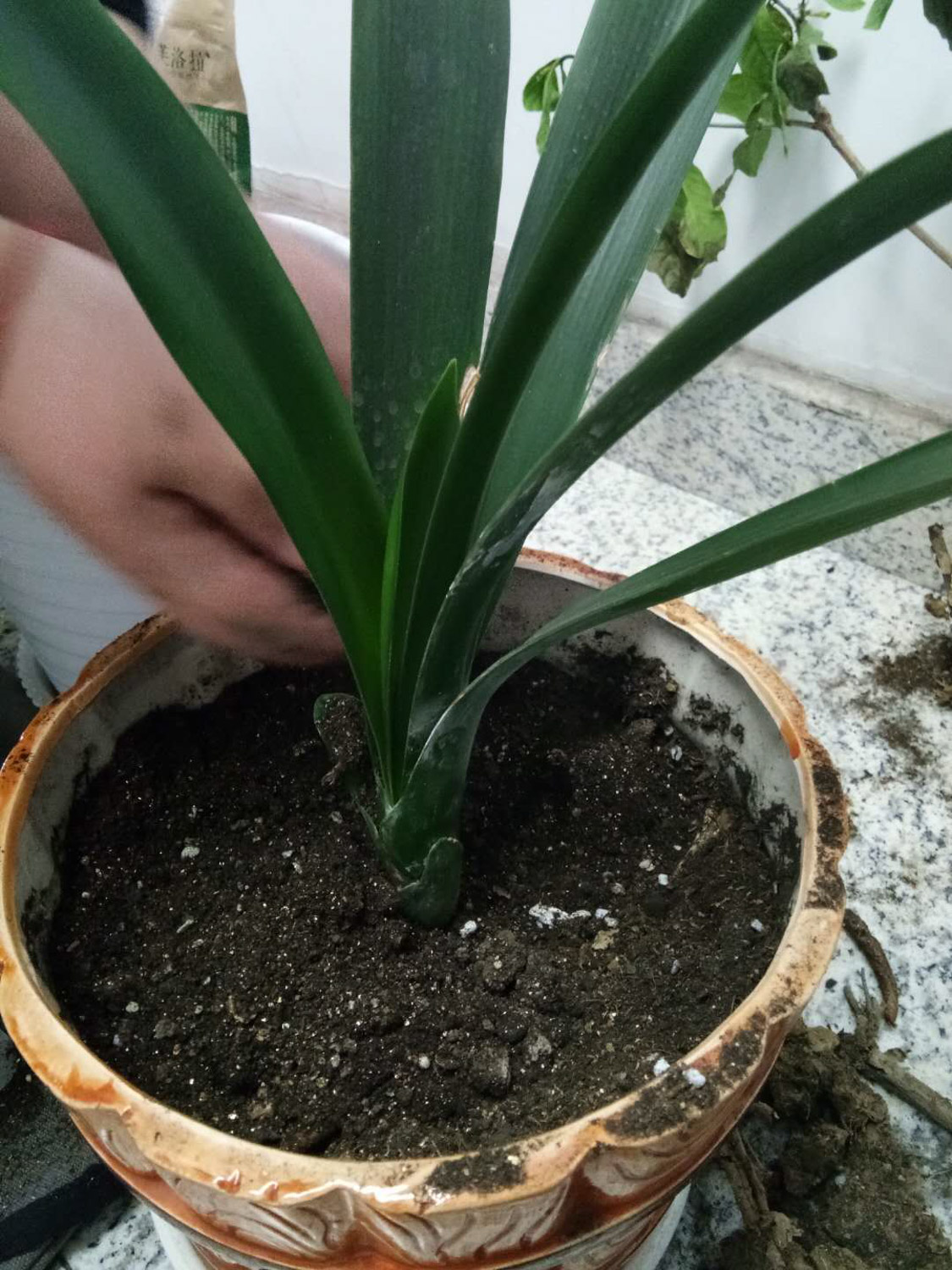
Method of nourishing roots with meat
How to grow roots
Fleshy ah, root cultivation is the most important thing, because if you are not careful, it will rot to show you. Therefore, if you want to raise fleshy into fat, cute, stylish and changeable colors, you must first learn to grow roots
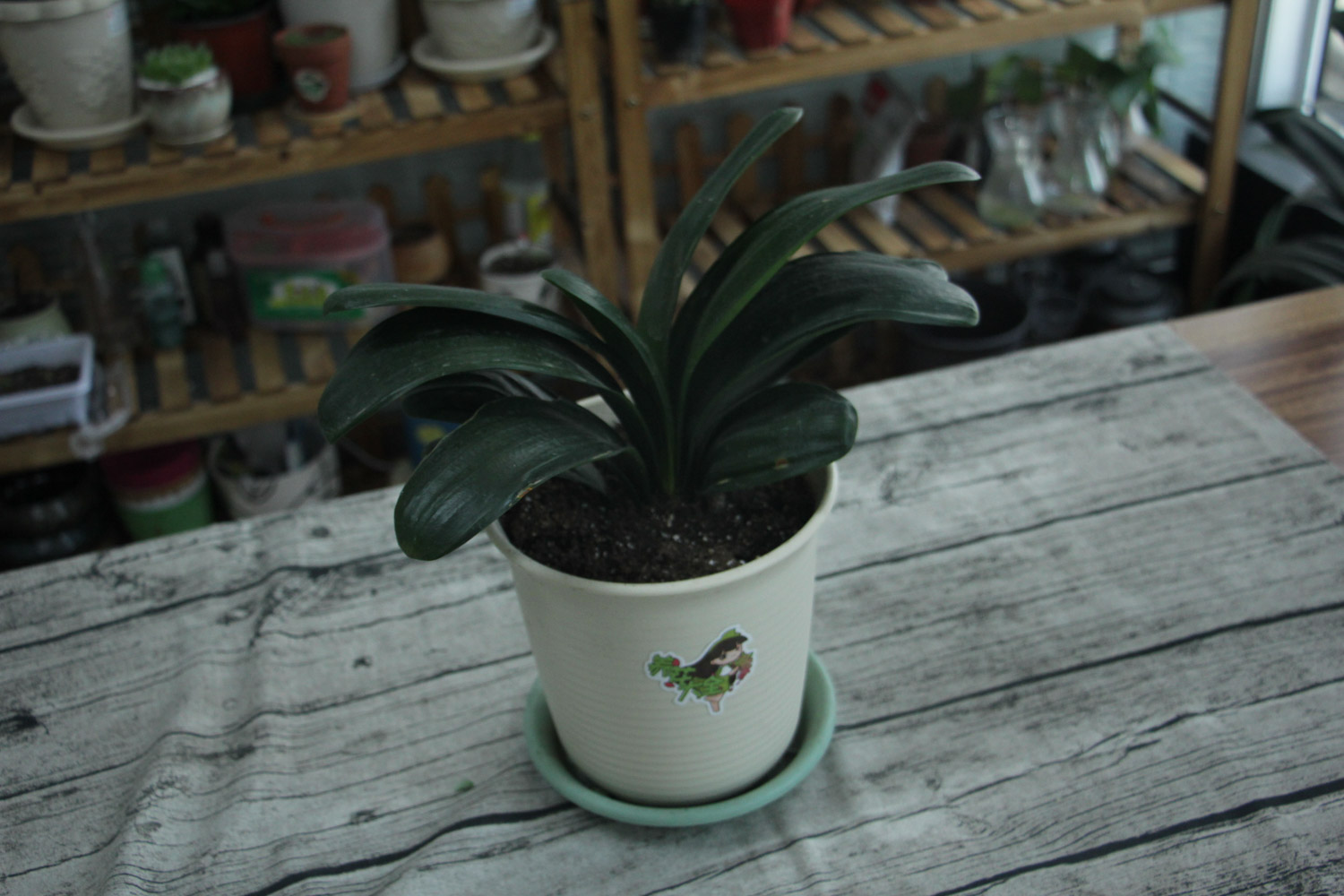
1. Soil preparation
It's important to mix more meat with soil. Be sure to be loose and breathable, and the proportion of particles should account for half or more, otherwise the root is easy to rot due to ponding in the root. For soil mixing, please refer to the following scheme
In windowsill, balcony and other places with low humidity and good ventilation, it can be prepared according to the proportion of perlite: peat soil: coarse sand: rice husk carbon = 2:4:1:1
In greenhouse, greenhouse and other places with high humidity and muggy, it can be prepared with the ratio of rotten leaf soil: Perlite: Hematite soil: coarse sand = 3:3:1:1
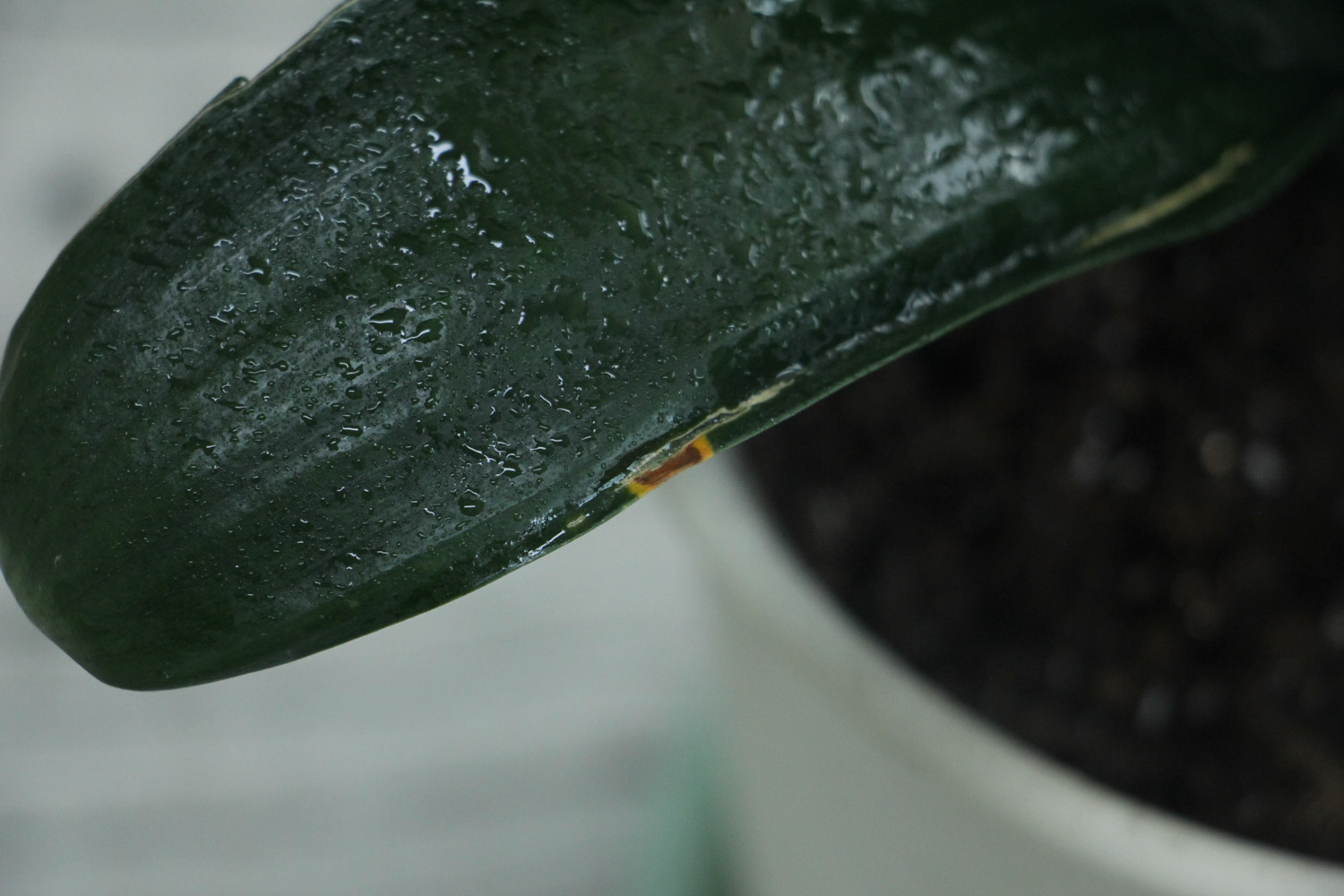
2. Watering < / H4
The meat must not be watered too much. Do not water it until the surface of the pot soil turns white or weighs it very light
Spring and autumn type species and winter type species are watered 1-2 times a month in summer, 3-4 times a month in spring and autumn and 1-2 times a month in winter
Summer type has many meat. It is watered 3-4 times a month in summer, 1-2 times a month in winter and 2 times a month in spring
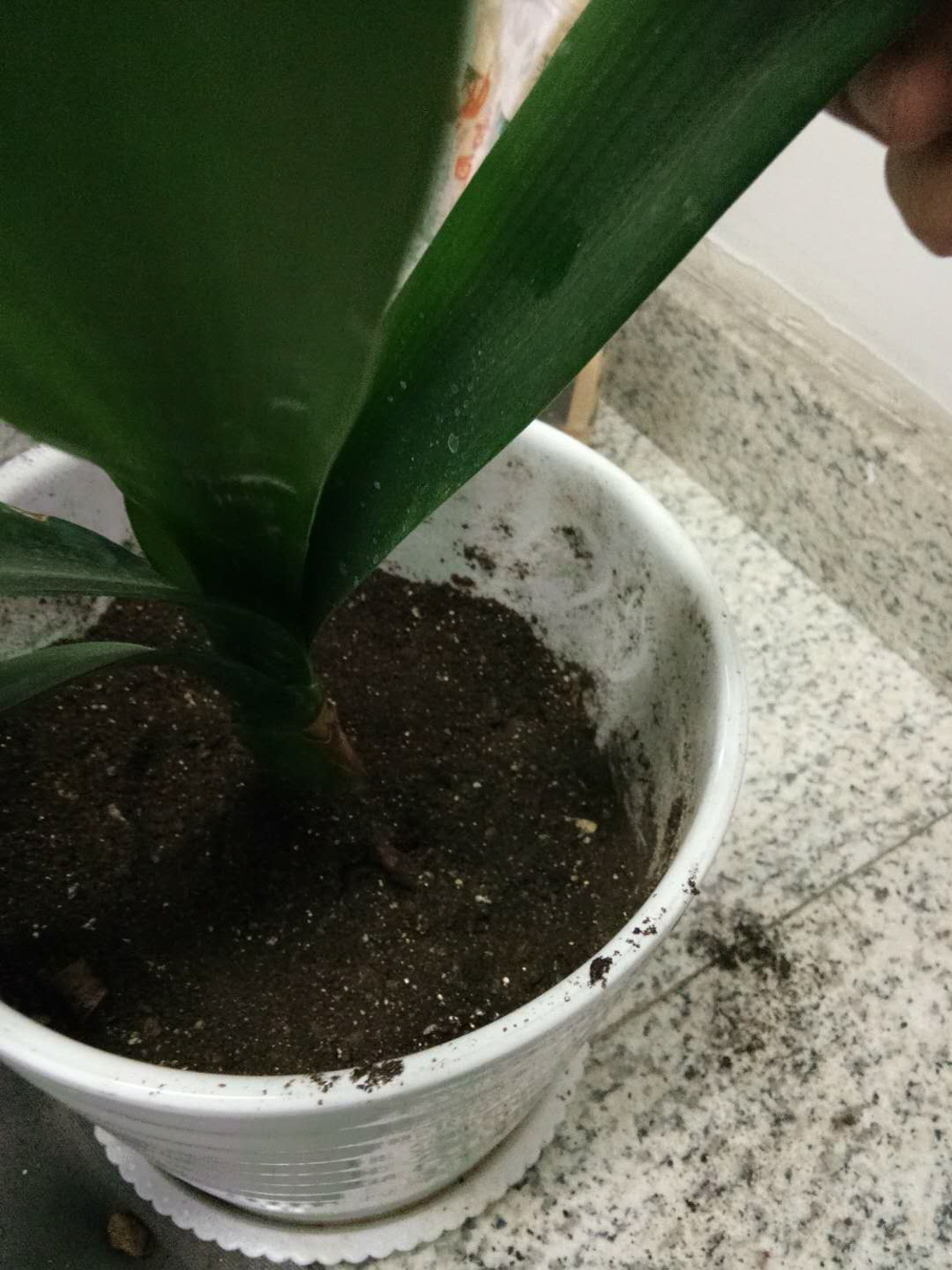
3. Flowerpot
Meaty pots must be breathable. Use more ceramic pots, less plastic pots and glass pots, and there must be air holes at the bottom of the basin
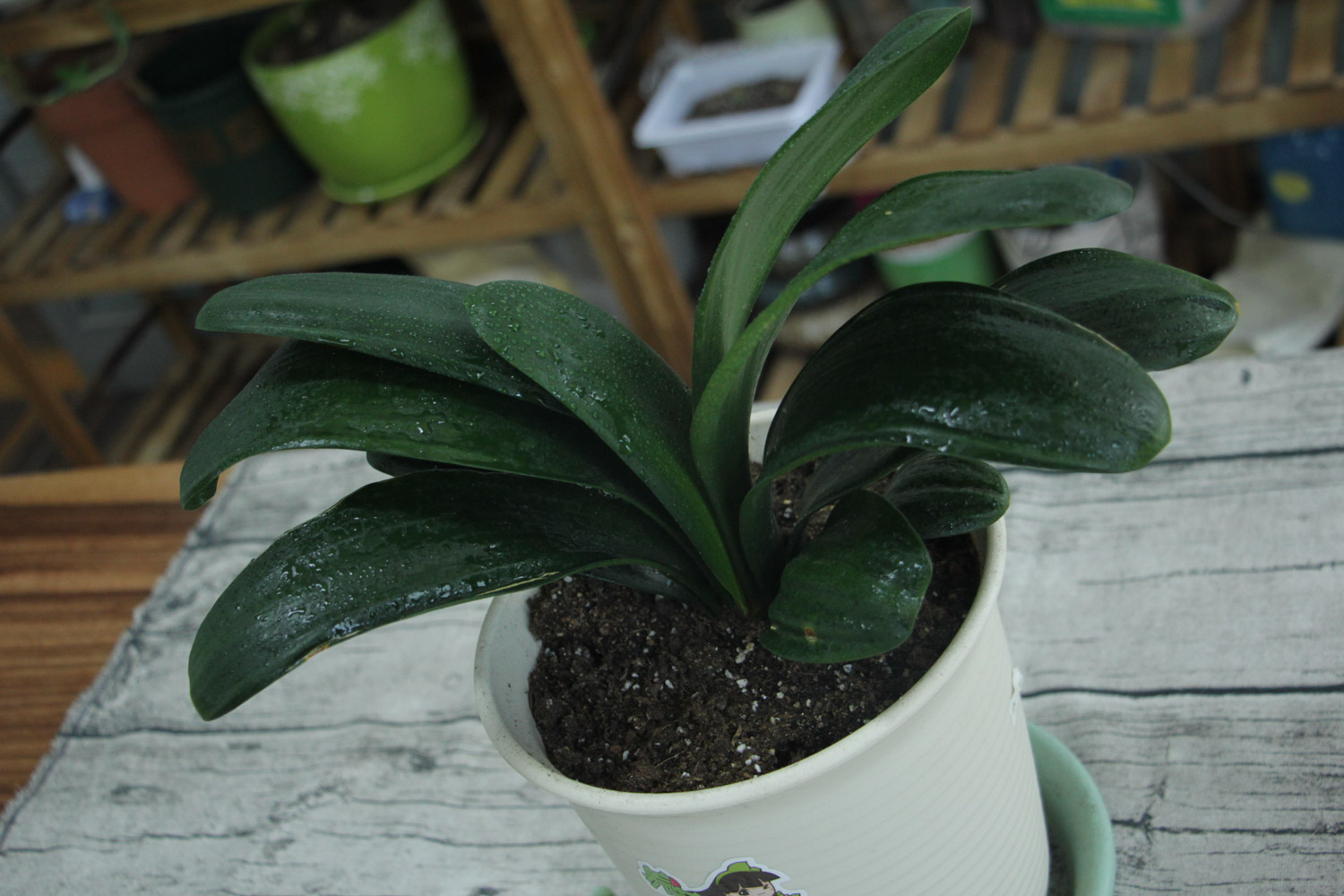
How to lure roots
Beheaded fleshy or leafed fleshy, planted in the soil for a long time does not take root, is it very urgent people, always want to pull it out to have a look? Don't worry. Huahua will introduce a way to make meat take root quickly today
1. Don't worry about cutting the newly cut meat. You must first air it in a cool and ventilated place for 1-2 days to wait for the scab healing of the wound
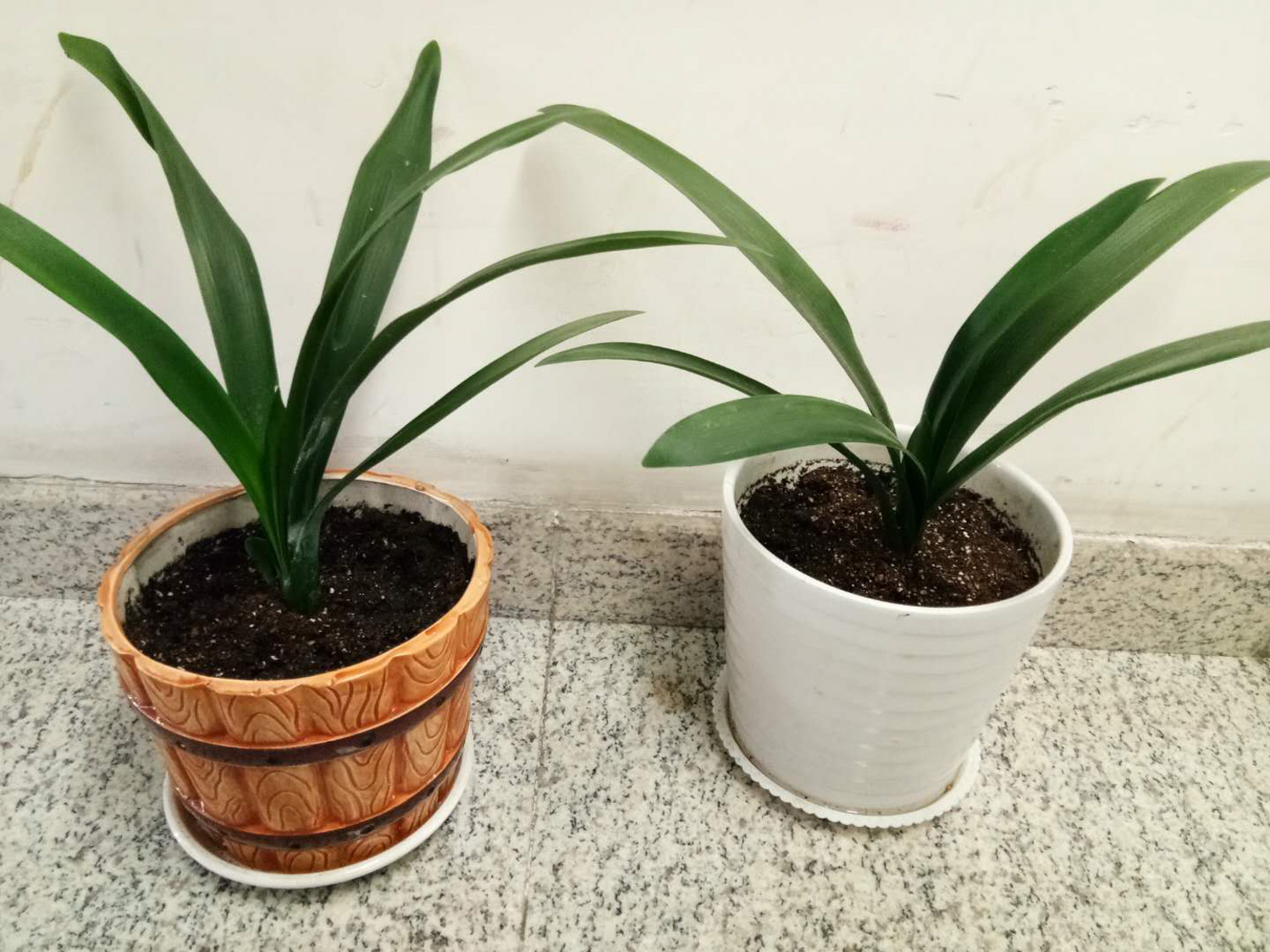
2. Find a plastic bottle or glass bottle, pour in clean water, insert the dried meat stem into the mouth of the bottle, and pay attention to the water level. The bottom of the stem is very close to the water surface, but don't touch the water
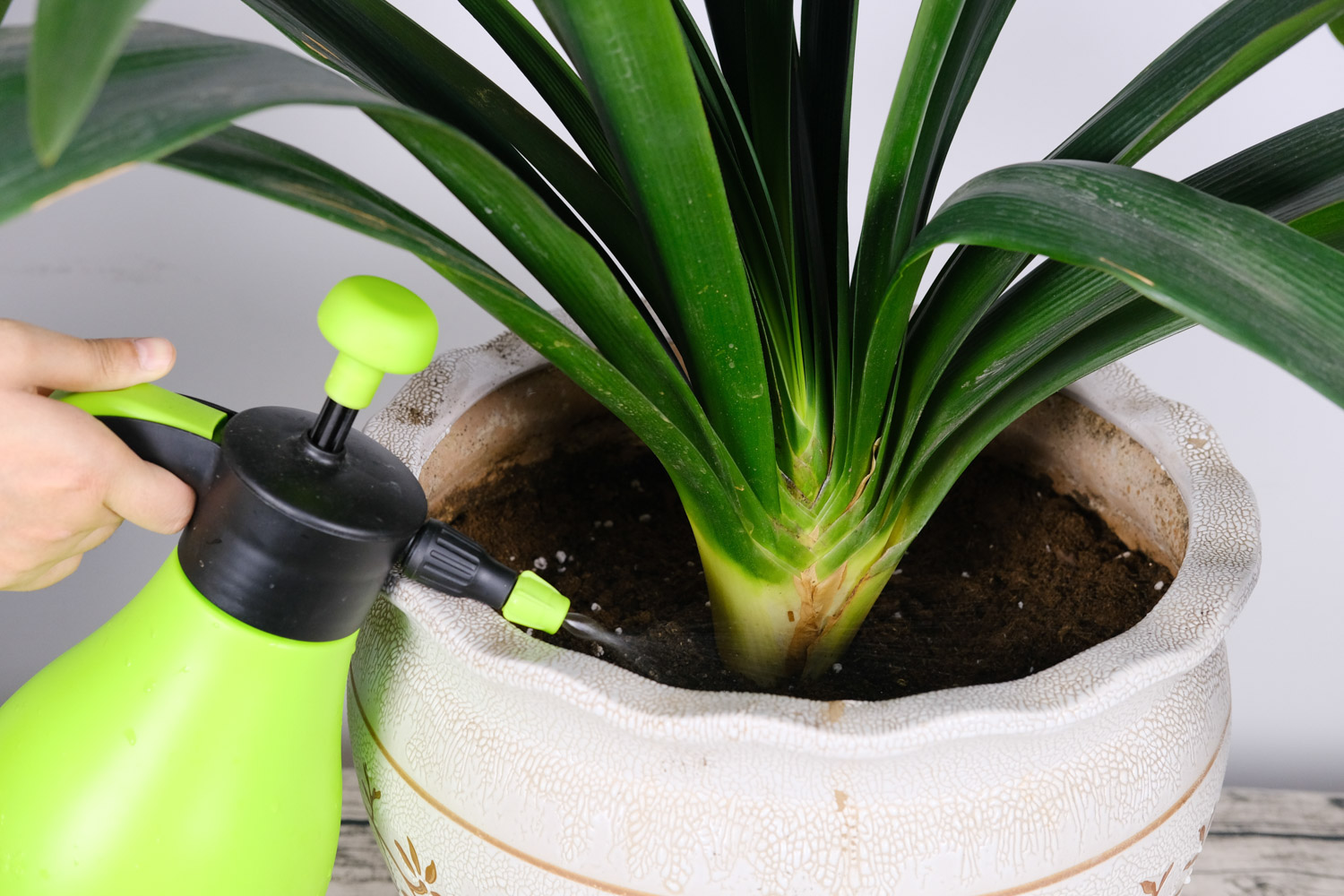
3. Put the whole root inducer in a place with astigmatism and ventilation, and you can see the fine roots in about 3-5 days. When the root system grows to about 2 cm, it can be transplanted into the flowerpot
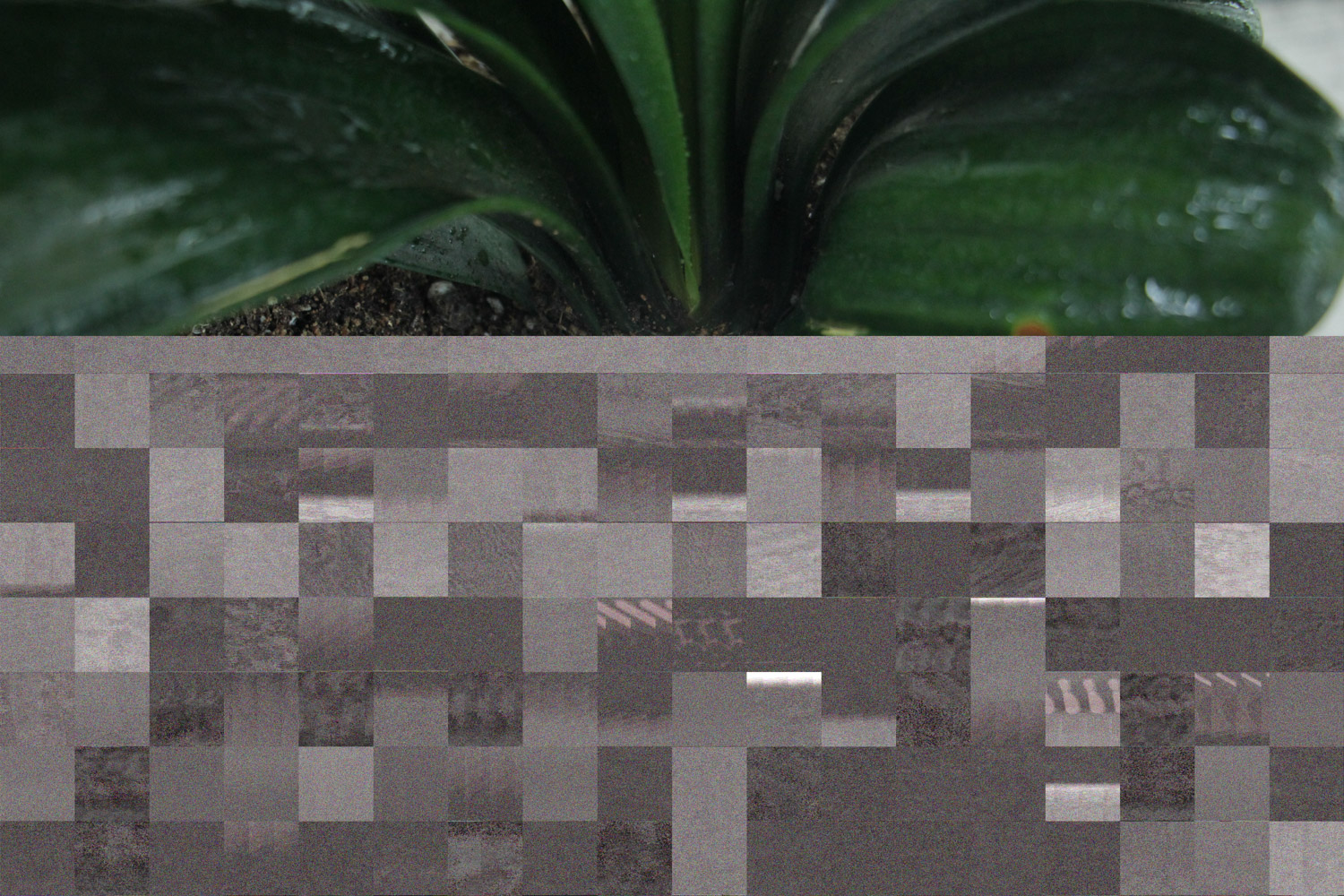
4. If you want fleshy leaves to take root quickly, you can find a plastic bottle, fill half a bottle of water, insert a few holes in the water, and insert the leaves into it to take root quickly
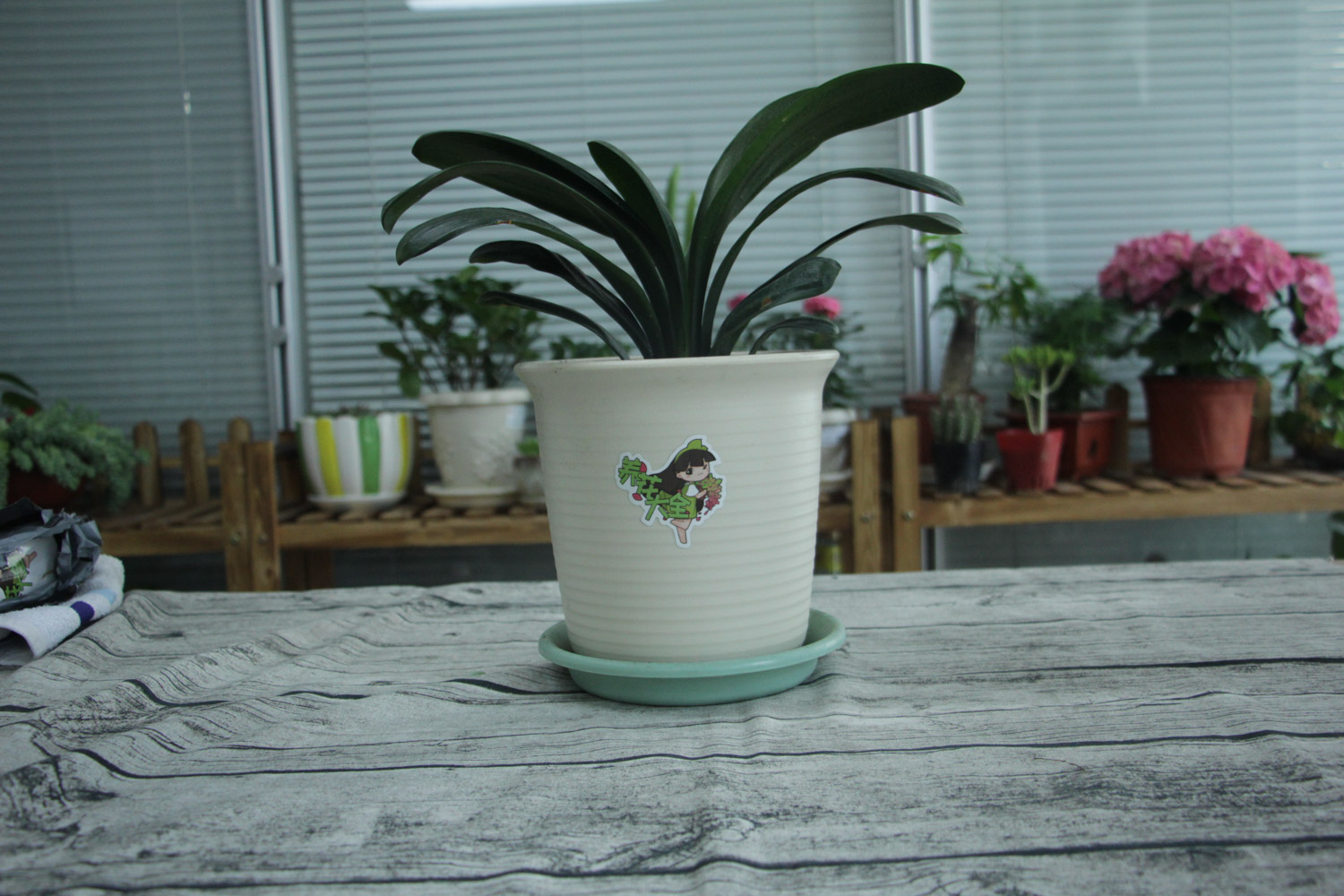
Orchid root cultivation method
A good orchid with excellent appearance and blooming every year must have a white and strong root system. On the contrary, the root system is thin and weak. Root cultivation is the most important for an orchid

How to grow roots1. Plant material
To raise orchids well, planting materials are very important. It is necessary to breathe and keep water. Particles should account for at least half. Huahua recommends two formulas here
Simple formula, perlite: saprolite = 1:1
Relatively complex formula: Perlite: rotten leaf soil: pond cornerstone: snake sawdust: Fairy soil: coconut bran = 1:1:1:1:0.5
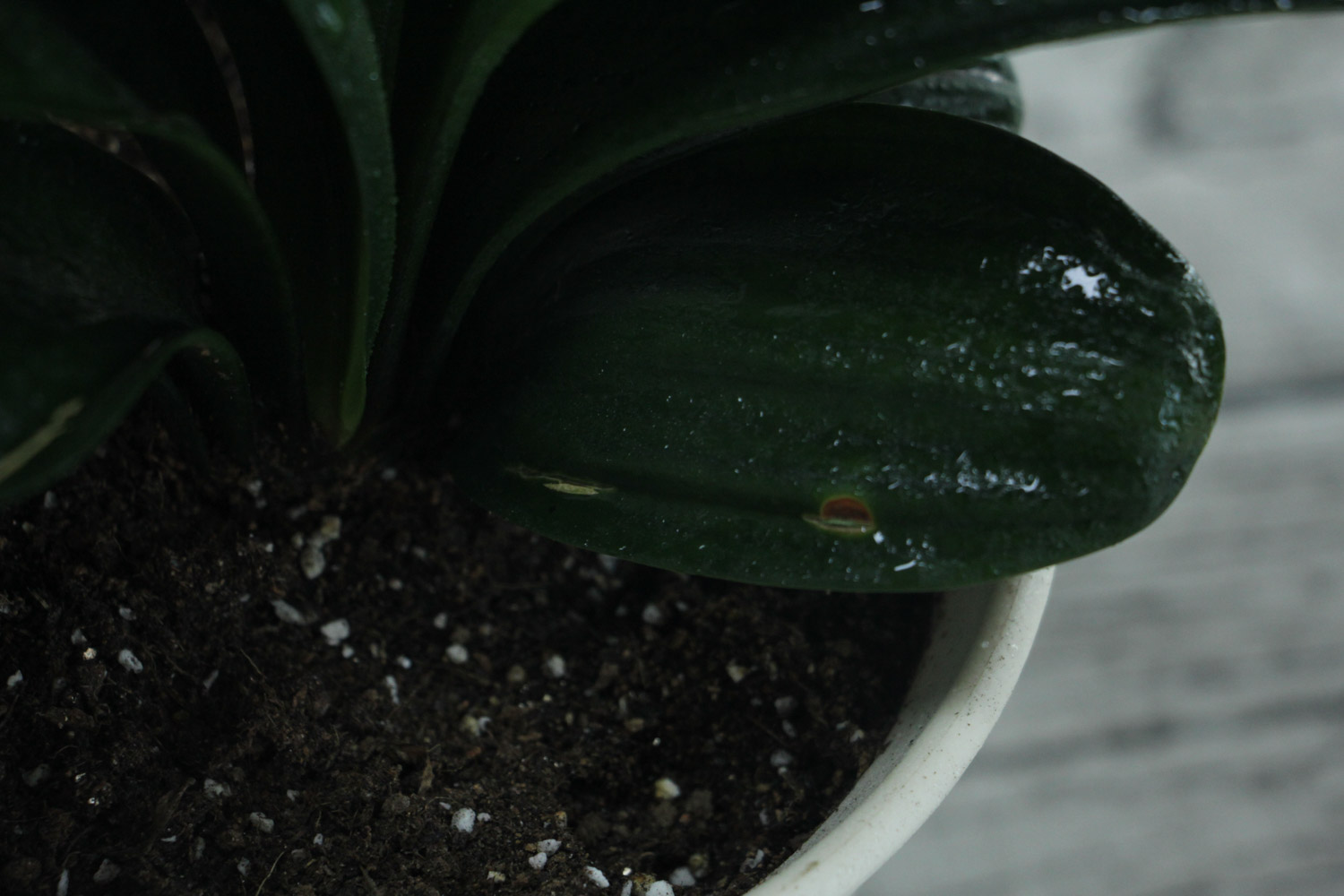
2. Watering < / H4
It is not dry or wet, but moist. There must be no ponding or long-term water shortage
You can see that the basin soil is dark in color and feels moist. When the moss is mildewed, it means that the basin soil is too wet and must not be watered
On the contrary, when you see that the color of the basin soil becomes light and white, the basin soil feels hard, and the moss on the surface of the basin soil withers, you should water it immediately until the water at the bottom of the basin flows
In spring and autumn, water in the morning with moderate amount; In summer, water before and after sunrise or sunset, and the amount of watering increases; In winter, watering at noon reduces the amount of watering. Spring, summer and autumn often spray water on the surface of basin soil to moisturize
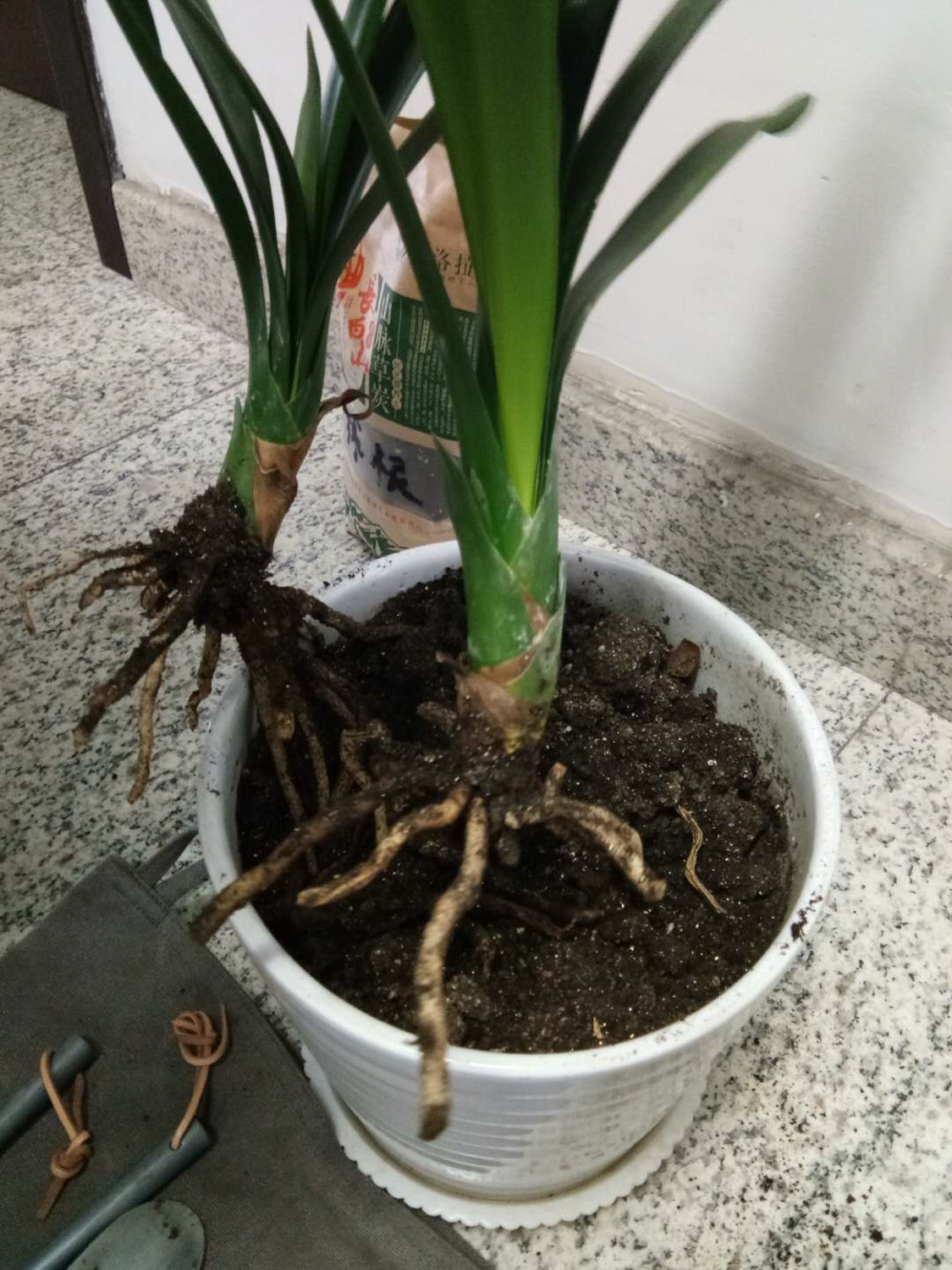
3. Fertilization
In the spring and autumn growing season, apply compound fertilizer rich in nitrogen, phosphorus and potassium once every 7-10 days. The fertilizer should be dissolved in water and mixed with water to irrigate the roots of orchids. You can also Rett some organic fertilizer yourself. You can apply rotten bean cake fertilizer in spring, rotten fishy water and rice washing water in autumn
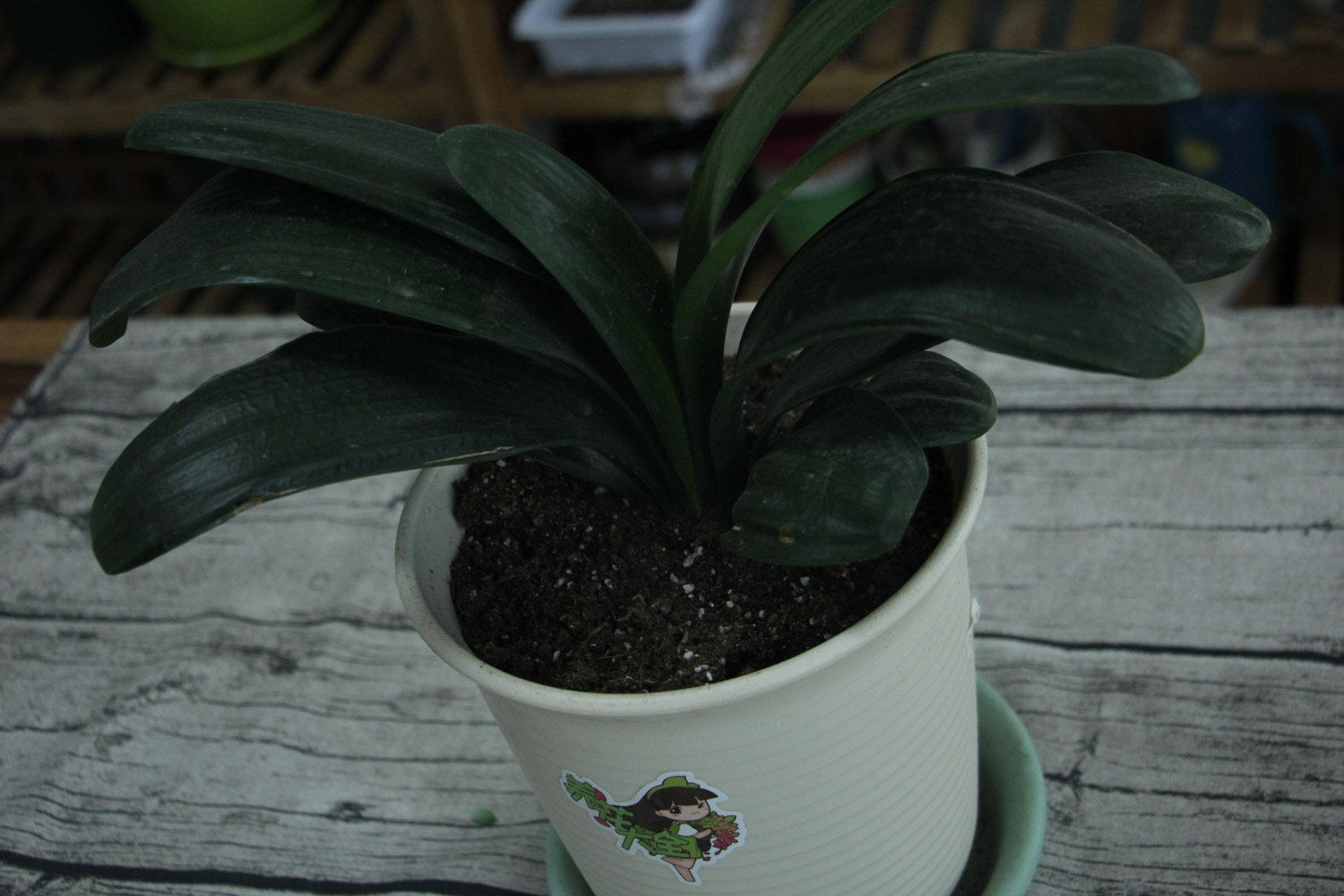
How to lure roots
If orchids are watered too much, leading to rotten roots, or empty roots when they are old, these roots need to be cut off. After cutting off, how can orchids produce new roots
1. Remove the orchids from the basin and wash the soil on the roots with clean water
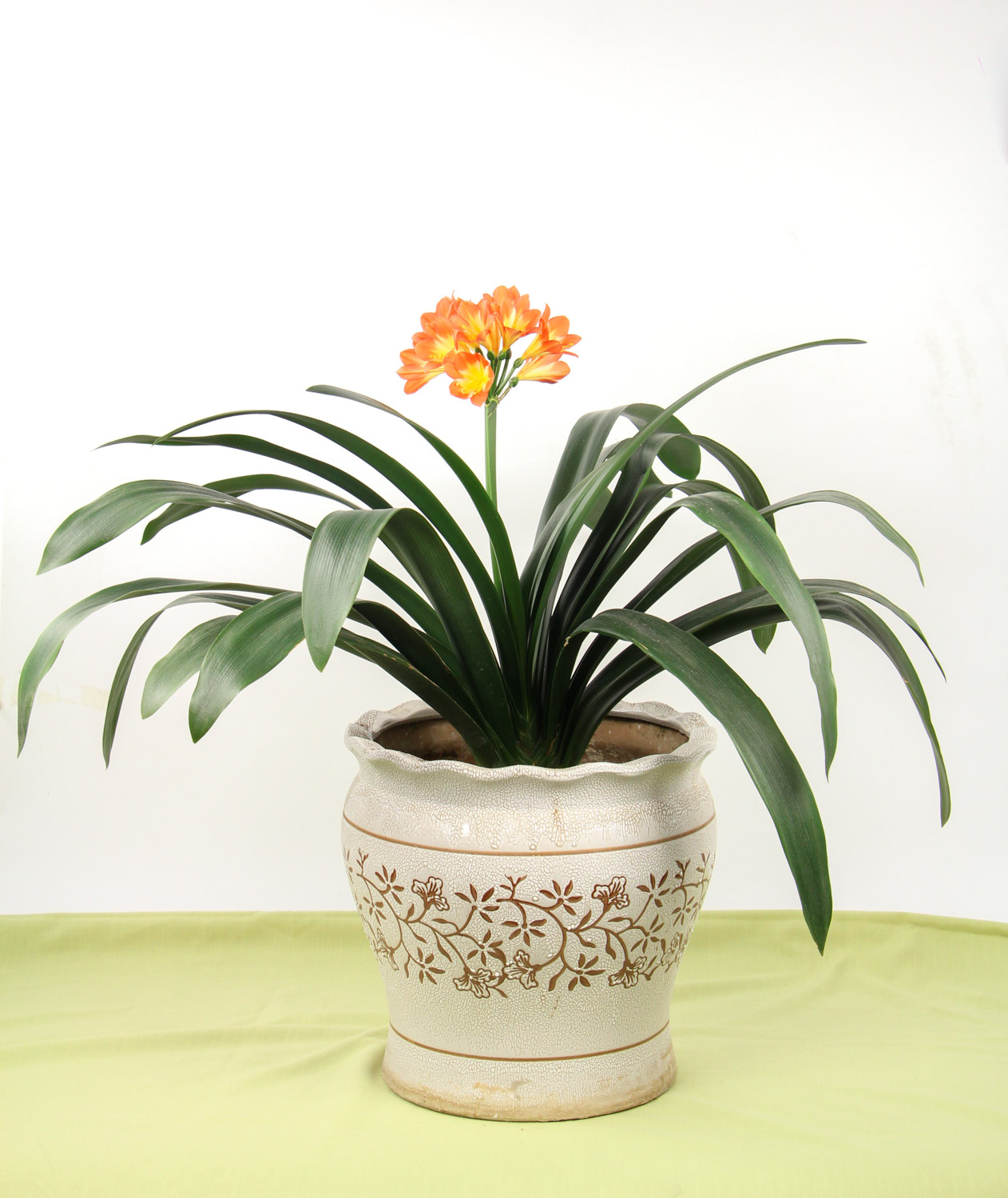
2. Cut off the rotten and empty roots in the orchid root system, apply plant ash or carbendazim to the wound for disinfection, and dry in an astigmatic and ventilated place for 15-30 minutes
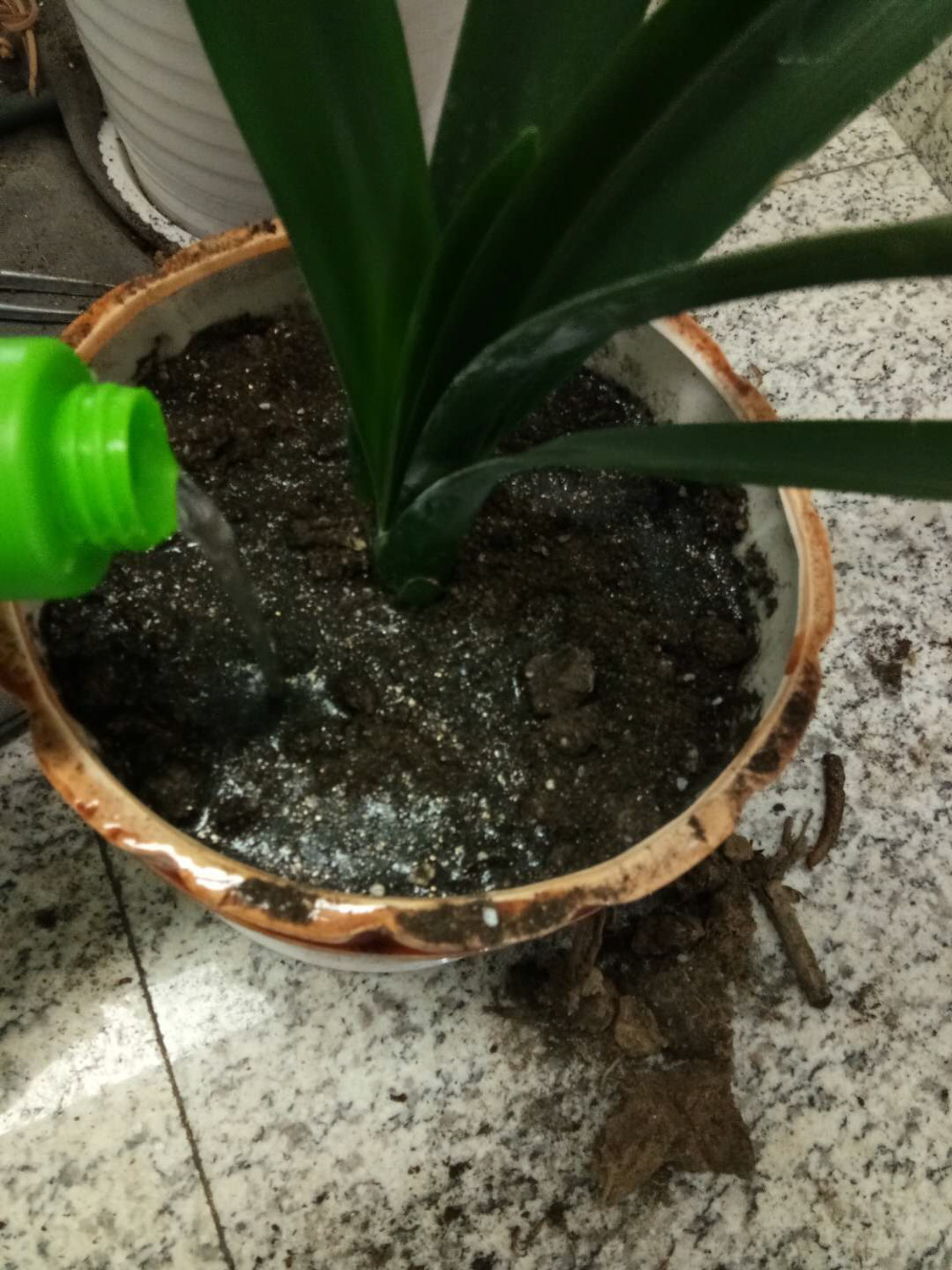
3. Prepare the water moss, soak it in advance, take it out after soaking, and hold it with your hands until there is no water, but you can feel the moisture with your hands
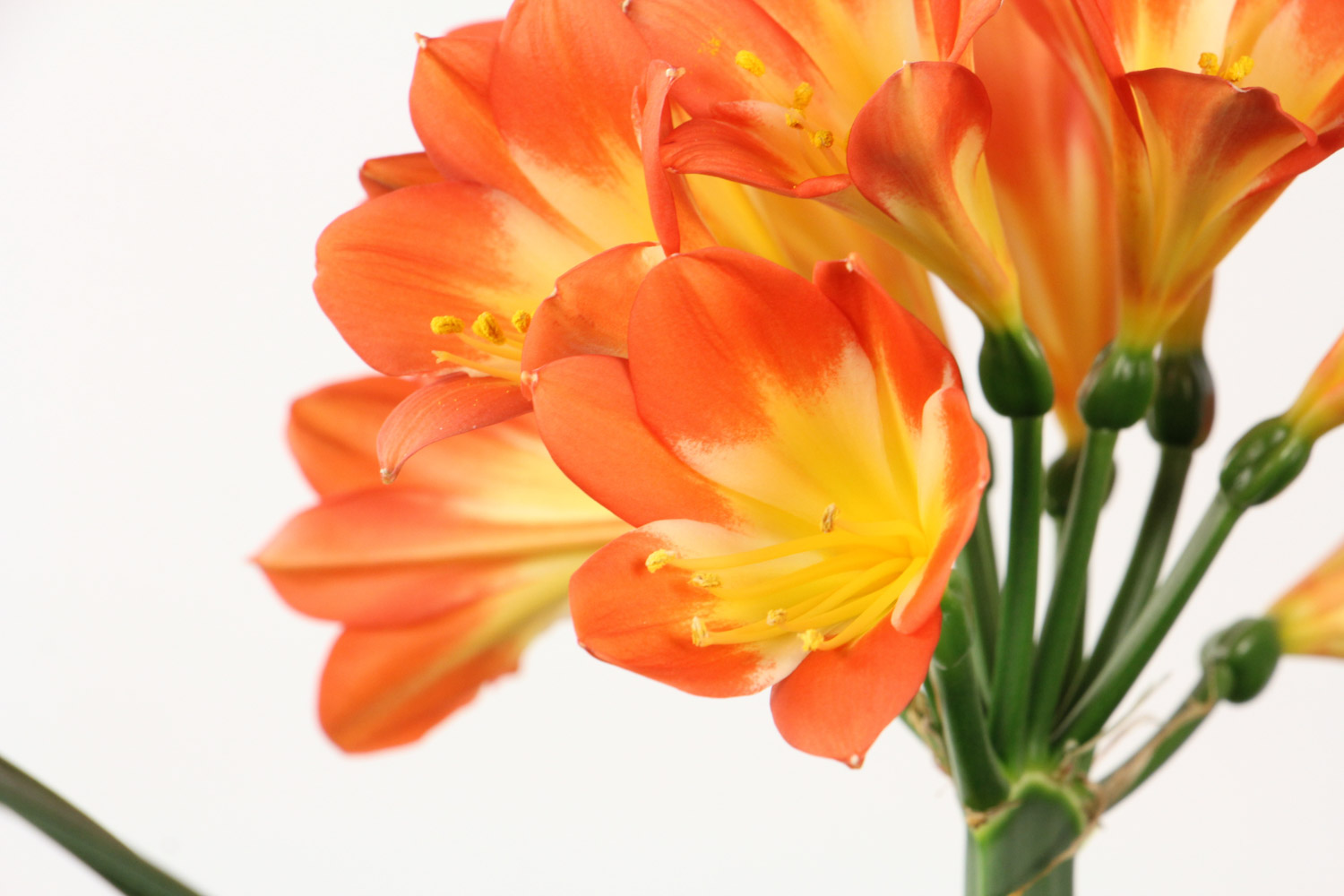
4. Wrap the root of the orchid with water moss and put it into the flowerpot
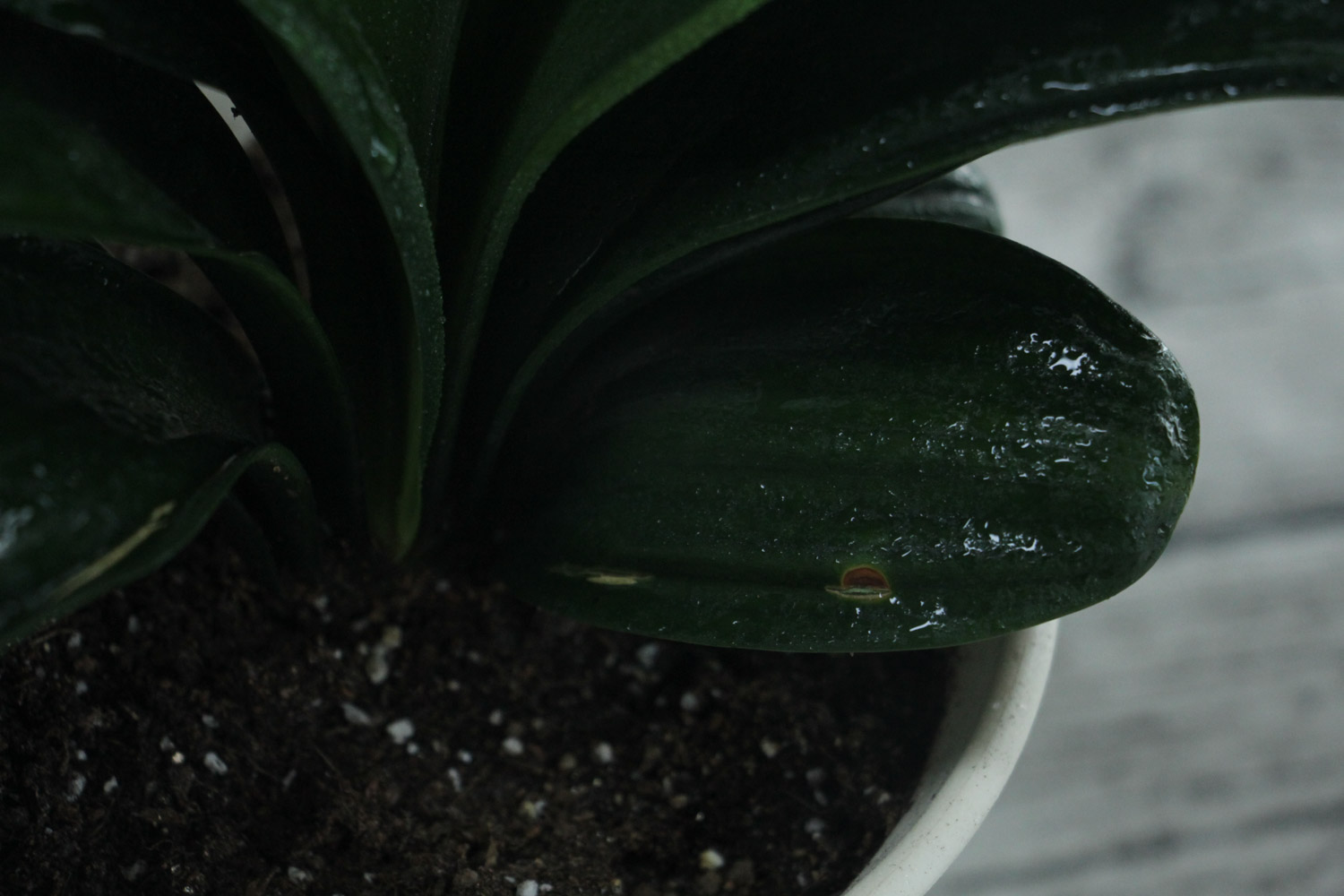
Spray water once every 5.4-7 days to keep the water moss in a slightly moist but non ponding state. In about 15-20 days, the orchid will grow white, tender and strong roots, which is particularly gratifying
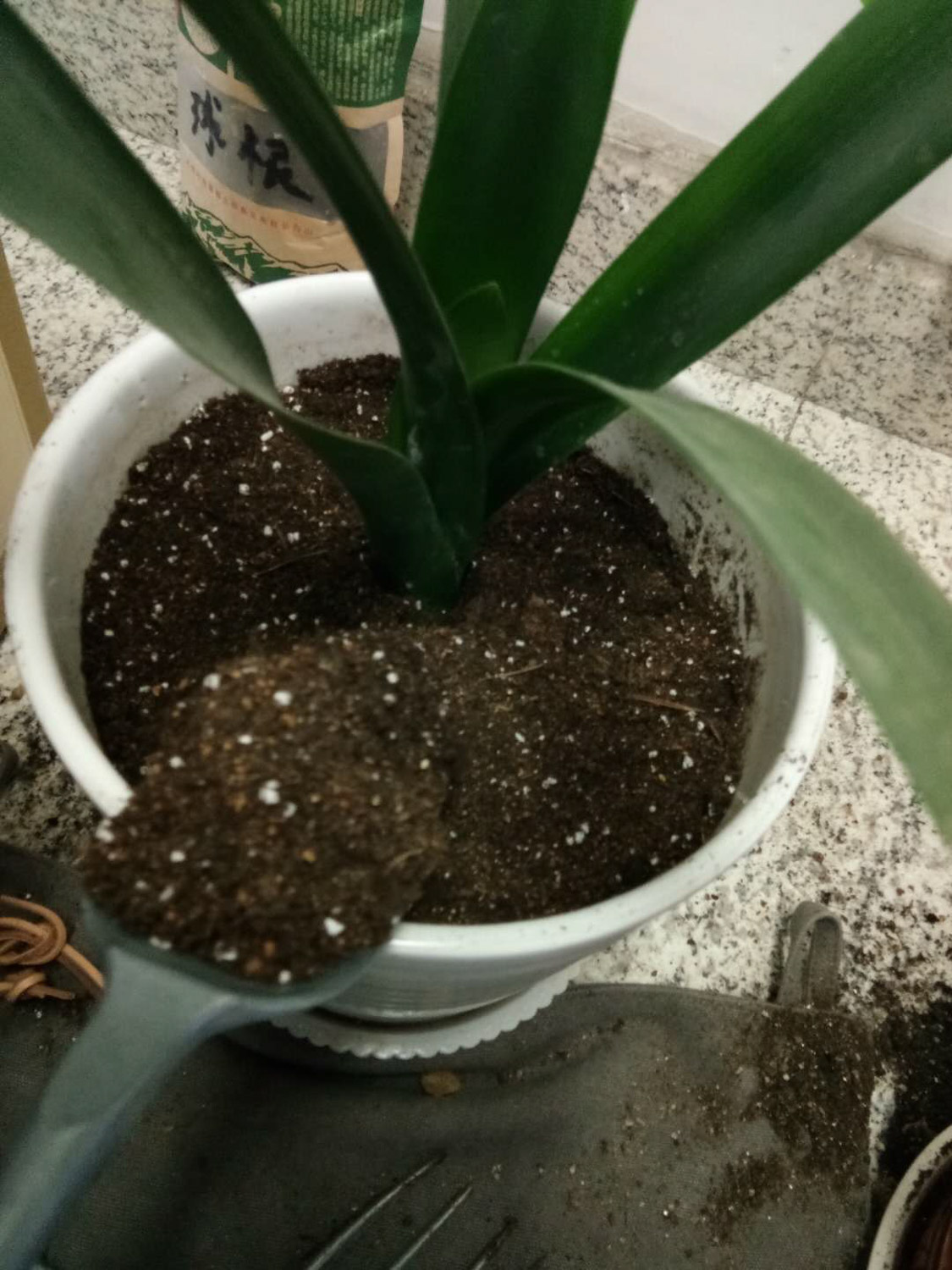

 how many times do yo...
how many times do yo... how many planted tre...
how many planted tre... how many pine trees ...
how many pine trees ... how many pecan trees...
how many pecan trees... how many plants comp...
how many plants comp... how many plants can ...
how many plants can ... how many plants and ...
how many plants and ... how many pepper plan...
how many pepper plan...


























